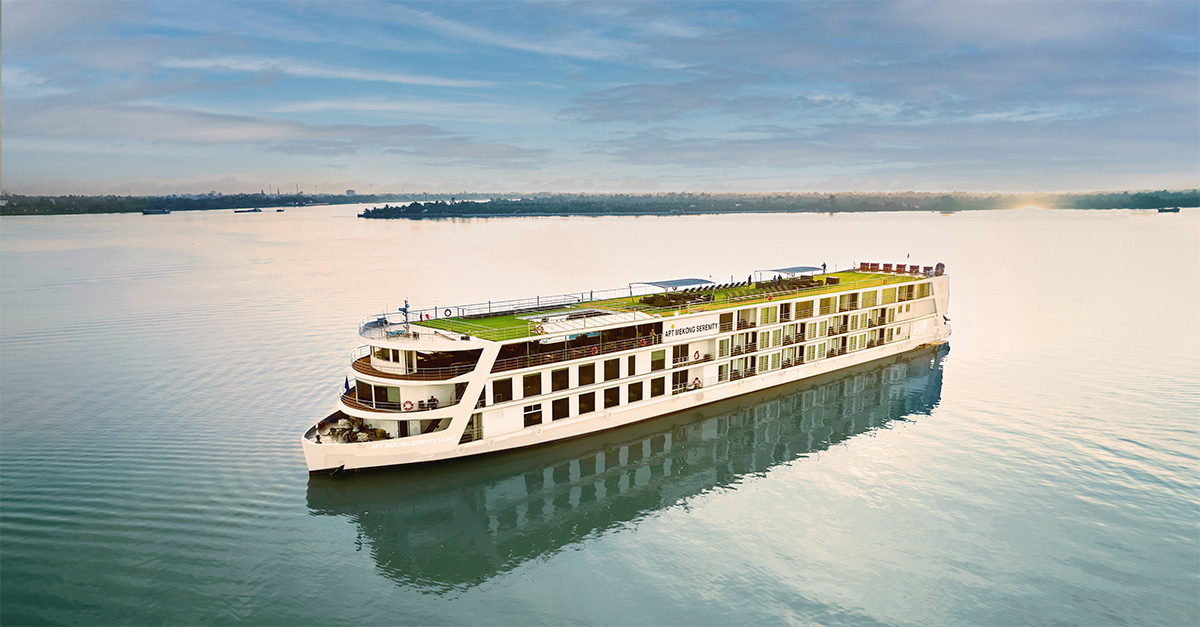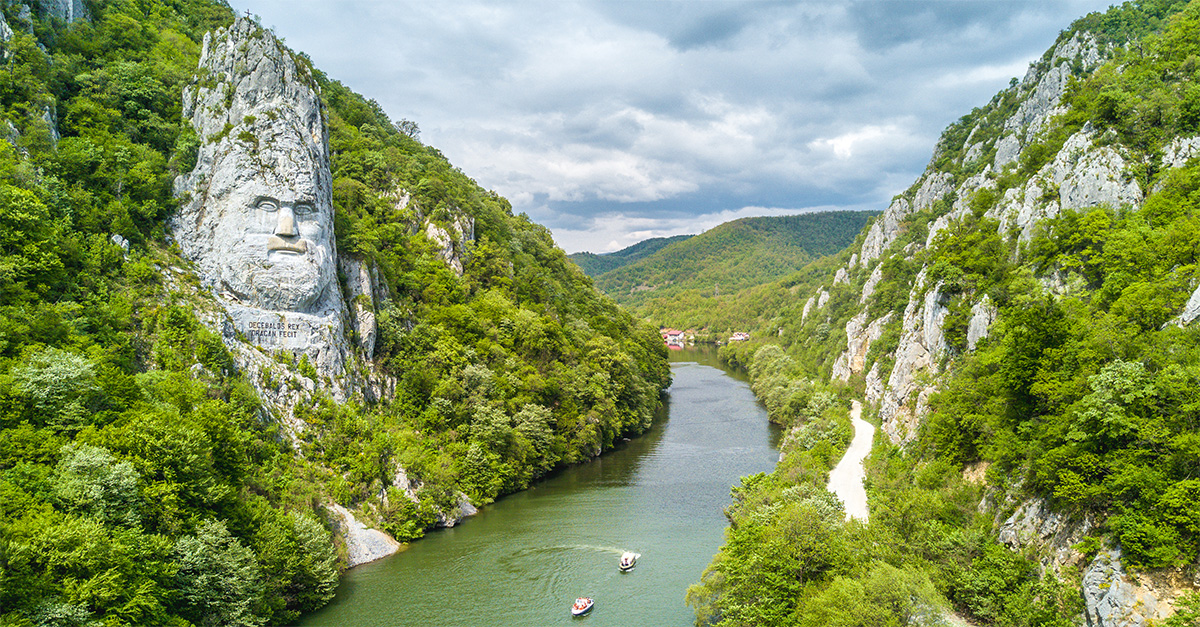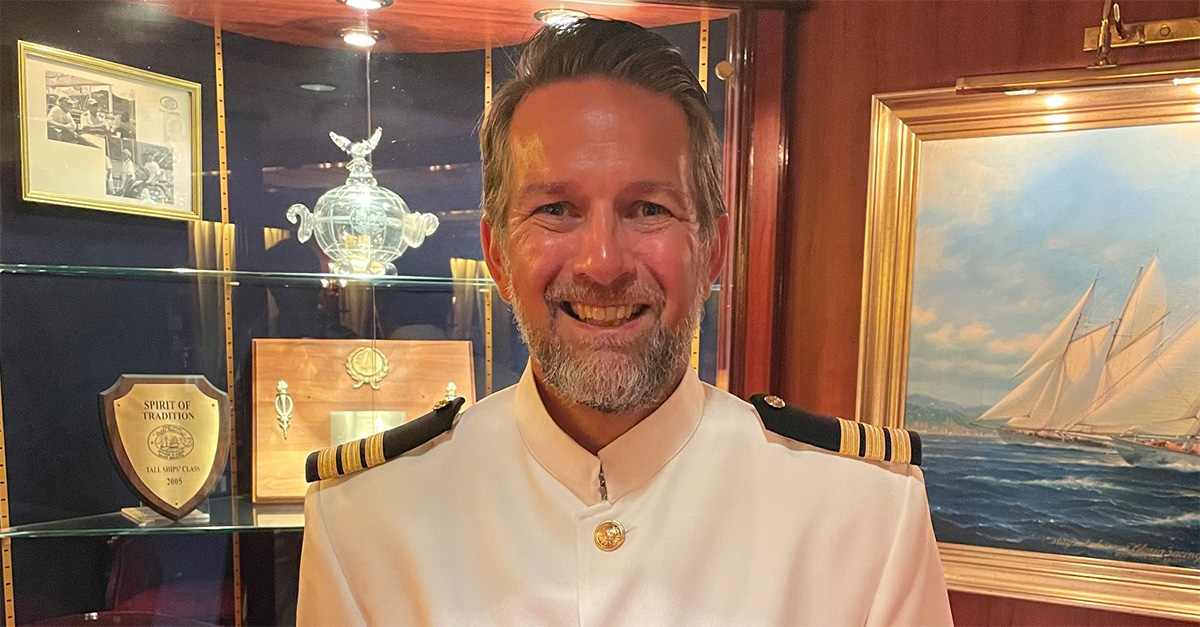A trip to the Philippines takes Aby Dunsby to buzzing cities, beach havens and jungle-lined countryside
Like this and want more details? Click here to download and save as a PDF
I’m standing in the depths of thick Philippine forest, but the creature staring back at me looks more suited to life on Mars. The fist-sized ball of fur moves slowly, his tiny sucker-like fingers clinging to the branch of a tree, while his enormous bug eyes look at me, a little vacantly.
I’m at the Philippine Tarsier and Wildlife Sanctuary near Corelia, on the pretty island of Bohol, and I’ve just met one of its best-loved inhabitants – the adorably odd-looking tarsier.
My guide Carlito Pizarras, nicknamed ‘Tarsier Man’, whispers to me that the animal, which has eyes that take up three-quarters of its head, is said to have inspired the character of Yoda in Star Wars.
The tarsier is one of the world’s smallest primates, and sadly it’s at risk of extinction because of agriculture and development. Luckily, the sanctuary is doing more than its fair share to protect them, and a morning spent watching the tarsiers is a truly special experience for nature-lovers.
Just a few hours ago, I was dwarfed by Manila’s sprawling boulevards and gleaming city skyscrapers. Now, after less than a two-hour flight and a short car journey, I’m in the hush of Bohol’s verdant interior.
It’s the diversity of the Philippines that makes it so attractive – the country might be known for its white-sand beaches and clear waters that make it the perfect destination for divers, but it’s also a kaleidoscope that’s reflected in the rich culture and heritage of many of its 7,107 islands.
Years of Spanish and South American rule have bestowed the Philippines with a unique Catholic flavour compared with other southeast Asian countries. Team that with a welcoming approach to visitors, a fiesta-like take on life and a wealth of undiscovered natural beauty, and it’s easy to see why tourists are starting to flock here.
City life
Our trip to the Philippines begins in the thriving capital, Manila, which is home to more than 12 million people. Roads teem with cars – the traffic is notorious – but watching the mass of brightly coloured Jeepneys keeps me entertained.
The American Jeeps left over from the Second World War are the country’s most popular form of transport. It costs eight pesos (about 11p) for a two-and-a-half mile journey.
After a 20-minute car trip, we arrive at our hotel, the opulent Makati Shangri-La, which is in the capital’s buzzing business and entertainment district.
The hotel is Manila’s last word in luxury, with a shopping arcade, pool, bars and four restaurants (a sushi-laden dinner at Inagiku, its Japanese offering, is my food highlight.) Rooms start at £119 a night.
The Shangri-La is within walking distance of Manila’s popular shopping mall Greenbelt, where trendy Filipinos go to shop, eat, drink – and party.
There, we dine on local tilapia fish at restaurant Mesa, before jumping in a cab to New York-style joint 71 Gramercy, the capital’s highest nightclub, where I enjoy a cocktail (or three) while taking in the impressive city views.
The next day, our tour guide Angelo escorts us around Intramuros, Manila’s historic centre, originally built by the Spanish.
Most of the colonial city was heavily damaged during the battle to recapture it from the Japanese in 1945. The remaining crumbling buildings and plazas retain a cheerful Latin feel, with the old citadel, Fort Santiago, forming an impressive centrepiece.
We seek shade from the sun in San Augustin, the country’s oldest stone church, which since being built in 1578 has survived earthquakes and the war. The opulent baroque ceiling has us all whipping out our cameras to snap its beauty.
Island life
With our heads still whirling from Manila’s bright lights and cocktail-fuelled fiestas, we arrive in Bohol, dubbed the ‘city of friendship’. As well as being rich in Spanish colonial history, the island comes with a landscape that moves effortlessly from picture-perfect beaches to jungle-clad countryside.
After meeting the tarsiers, we head for the island’s other famed attraction: the Chocolate Hills. More than 1,268 of the mounds span out across 20 square miles and, when we visit in the rainy season (May to September), the green hills stand majestically under a brooding cloud-filled sky.
Geologists say the hills were made by shifting coral deposits, rain and erosion, but locals prefer a romantic legend about a giant named Arogo. He fell in love with a mortal girl called Aloya, and after she died, he couldn’t stop crying. When Arogo’s tears fell and dried, the Chocolate Hills were formed.
Poetically, rain starts to fall as our guide Tess tells us the legend, but that’s not going to put us off our next activity: stand-up paddle-boarding on the Loboc River. The four-hour trip, organised by Sup Tours Philippines, takes us on an expedition to see the Busay Falls, a cluster of small waterfalls.
As I wobble along the emerald water, trying not to fall in, I spot a woman washing her clothes on the bank, a fisherman starting up a fire for lunch and a child waving at me as I glide past tiny banana-leaf huts.
This is sightseeing at its most original, and the torrential downpour we’re paddling in makes the experience even more of an adventure. The tour costs about £28 for a group of up to four people, with lunch included.

Tired from all that paddling, we drive back to our hotel, the four-star Henann Resort on Alona Beach in Panglao. Many of the hotel’s 400 rooms are dotted around the complex’s three pools and their surrounding bars, making it ideal for guests with families.
Rooms start at £70 a night. After a buffet-style dinner, we walk off our food with a stroll along the beach where bars, casual restaurants and scuba diving huts line the shore.
Life’s a beach
Three nights at Busuanga’s luxury private island, Huma Island Resort & Spa, gives us the chance to sample the pristine beaches and relaxed island life for which the Philippines is renowned.
We fly back to Manila and catch a short connecting flight southwest to Busuanga, from where we take a boat to Dicilingan Island, solely occupied by Huma. Clients can fly to the island from Manila by seaplane for a more glamorous entrance, at about £460 for a round trip. Rooms start at £488 a night.
We’re greeted by ukulele-strumming staff and adorned with palm necklaces, before being shuttled off by golf buggy to our private over-water villas, complete with private terrace and Jacuzzi.
Clients interested in water activities will find plenty to do here: over two days I go kayaking and jet skiing, and am taken on a boat trip to the nearby Black Island to snorkel in the coral-lined waters.

I find plenty of time for relaxation by visiting the glass-floored spa, where I spot clown fish and squid while a therapist massages the knots in my back away.
In the evenings, we eat in one of the five restaurants, which include Middle Eastern hill-top grill Al Fairuz, where we smoke shisha after our shawarma dinner and marvel at a spectacular sunset.
At the bar, Filipino duo Dennis and Arlie serenade us. They tell me that karaoke is even bigger in the Philippines than it is in Japan, so after a few mojitos, I agree to stand up and belt out Dirty Dancing’s I’ve Had The Time of My Life. Despite my awful warbling, it still seems like a fitting tribute to a memorable trip.
Sample Product
Hayes & Jarvis and Travelmood both feature a 13-night holiday to the Philippines, including three nights’ B&B at the four-star Jen Hotel Manila, five nights’ B&B at the four-star Amorita Resort in Bohol and five nights’ B&B at the five-star Huma Island Resort & Spa in Palawan.
Prices start at £2,899, including international flights from Heathrow with Philippine Airlines and internal flights, for departures on May 29.
hayesandjarvis.com
travelmood.com




